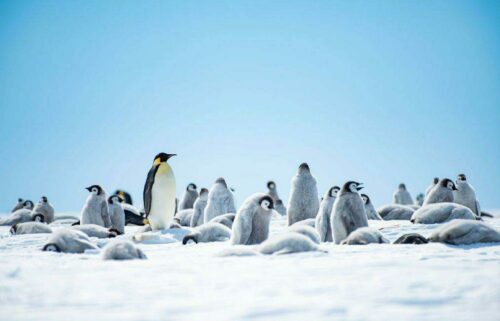It was during three months of living alone in a tent amidst wailing winds and biting cold that Robyn Woodhead fell in love with Antarctica. It takes a special kind of person, and place, to alchemize months of solitude in an unforgiving landscape into inspiration and a desire to return, again and again. “I decided at a young age that I wanted to collect extraordinary travel moments instead of things,” says Woodhead.
Following that experience, Woodhead and her husband founded their luxury sustainable travel company, White Desert. A trip to Antarctica with White Desert is full of extraordinary moments. From landing on a private ice runway and sleeping in a space camp-inspired pod to exclusive access to a colony of emperor penguins, it’s a singular experience that feels extraplanetary. “It’s the ultimate in personalized luxury,” says Woodhead.
Inseparable from exclusivity is sustainability. Carbon-neutral from the get-go, White Desert is continually evolving their sustainability strategy to ensure the continued protection of this vast white wilderness. In our interview belowWoodhead shares more details on the company’s conservation efforts, as well as its intergalactic inspiration.
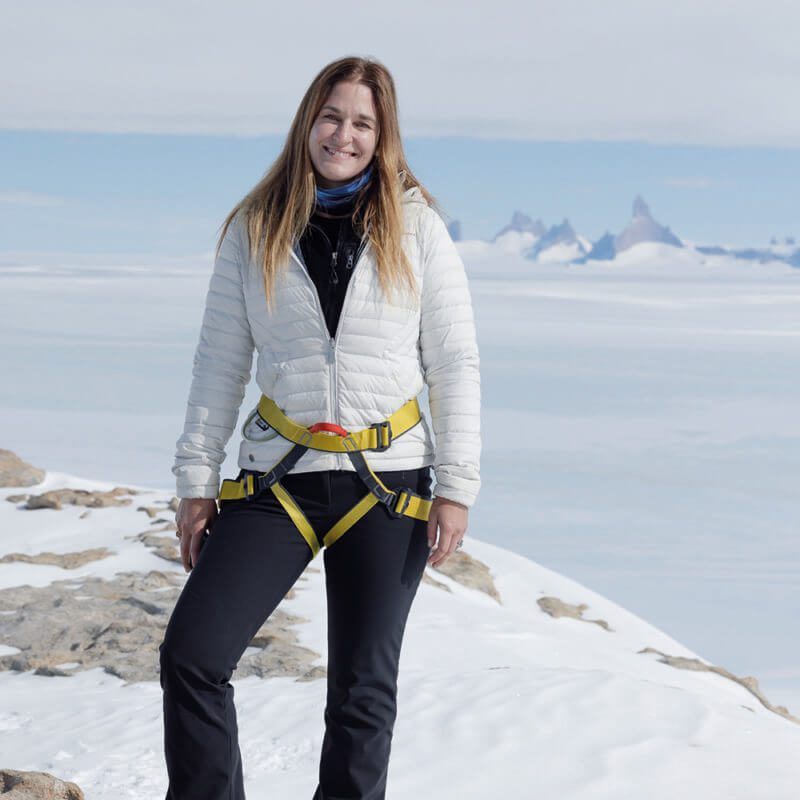
Q&A
Extraordinary Journeys: You’ve traveled to 90 countries and counting. What was it about Antarctica that inspired you to found White Desert?
Robyn Woodhead: I joined my husband on a polar expedition crossing Antarctica in 2004. When I arrived, reversing a Land Rover off the back of an IL-76 cargo plane, I immediately realized that this was the closest I would ever get to visiting another planet. White stretches in every direction and the raw, natural beauty is endless.
When I stepped onto the blue ice runway, my first breath almost froze in my lungs, while the sun’s glare rendered me nearly blind. On my second step, I slipped on the ice, falling flat on my back, which very literally brought me straight back down to Earth.
The Land Rover broke down, and I ended up living in a tent for almost three months on my own. I sent half of my team home and stayed to ensure the rest of the team completed the mission we set out to do. That time alone is still precious to me. It required true inner grit and self reflection, whilst also getting to know myself and what I was capable of.
No one really traveled to the interior of Antarctica at that time, so my husband and I had to create the market. We thought, if we both found it to be such a surreal and inspiring place, surely others who could affect its future protection would be just as inspired. I have been many times since and every time I go back, I am reminded of that same feeling of being completely in awe of nature and yet also being part of it.
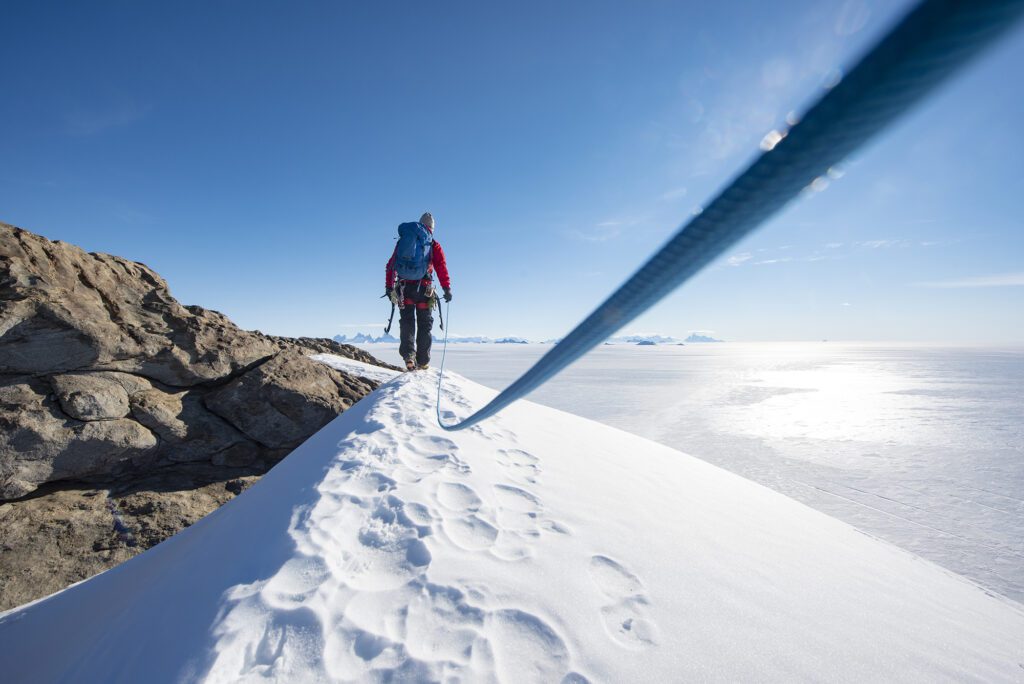
EJ: Traveling with White Desert is such a unique way to experience Antarctica. What is it that you’re most excited for guests to experience that they won’t find on another trip to the destination?
RW: Many people are familiar with the images of icebergs and the rocky shores of Antarctica’s coastline, however, most are unaware of the interior’s strikingly varied landscapes, which is what our guests have a totally unique access to. There’s everything from shimmering ice tunnels and iridescent blue ice waves to imposing, jagged mountains rising from the ice sheet. Antarctica has an otherworldly, untouched feeling that tends to transform visitors, inspiring them to strive to keep it pristine.
One of the highlights for guests is undoubtedly a trip to view the emperor penguin colony at Atka Bay, where they can watch the tiny chicks walking off their parent’s feet for the first time. When visitors understand the penguins’ story of survival through the harshest winter on Earth, the birds become even more extraordinary.
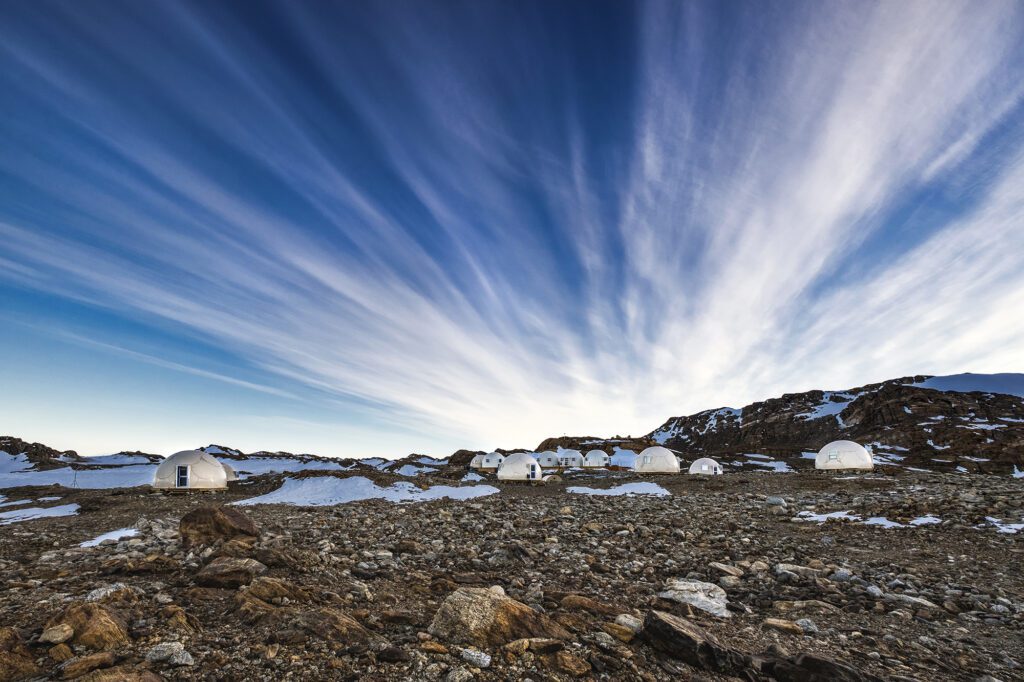
EJ: How has space exploration inspired the White Desert experience?
RW: The fusion of ‘space’ and ‘exploration’ seemed entirely natural to the Antarctic environment, as it’s only there that we get such vast moonscapes, needle-point mountains, and incredible ice formations. I am often asked what traveling to Antarctica is really like and my response is always the same – it feels like another planet.
This point was made even more meaningful when we had the incredible cosmonaut, Buzz Aldrin, come on holiday with us. He spoke of the beauty of our mountains and how there were even similarities with the moon’s terrain. We then went on to host another astronaut and commander of the International Space Station (ISS), Terry Virts, a few years ago, who has since become a dear friend. There are other connections too – some entirely bizarre. We worked out that one of our camps in Antarctica, Camp Dixie, is so remote, that the nearest neighbour was the ISS orbiting over 400km overhead!

EJ: The aesthetic of your camps also has an extraplanetary feel. Can you tell us about the vision behind the design, including the newest camp, Echo?
RW: Our original camp, Whichaway, is a pod camp, which we designed to fuse an Old World explorer feel with modern day luxury. That camp continues to evolve, most recently with a lunar-like, glass-front sauna overlooking a blue ice lake. This camp is all about luxury, fine dining, and the ultimate in polar comfort.
Our second camp, Wolf’s Fang, is tented, but goes way beyond traditional camping. Set on the blue ice surrounding Wolf’s Fang peak, we wanted to bring nature inside the tents, so we have a strip of blue ice through the flooring, so you can see the ice beneath your feet without having to experience the cold.
The latest camp, Echo – launching this 2022/23 season — offers sky pods, which have been designed with expansive floor-to-ceiling windows to highlight the dramatic, lunar-like landscape beyond. We used materials including fibreglass, faux fur and leather, fusing the retro feel of the Millennium Falcon with a luxury boutique retreat. The futuristic interiors of the domed pods emulate a space station, with the lights around the headboard enhancing the feeling that guests are in a galaxy far, far away…
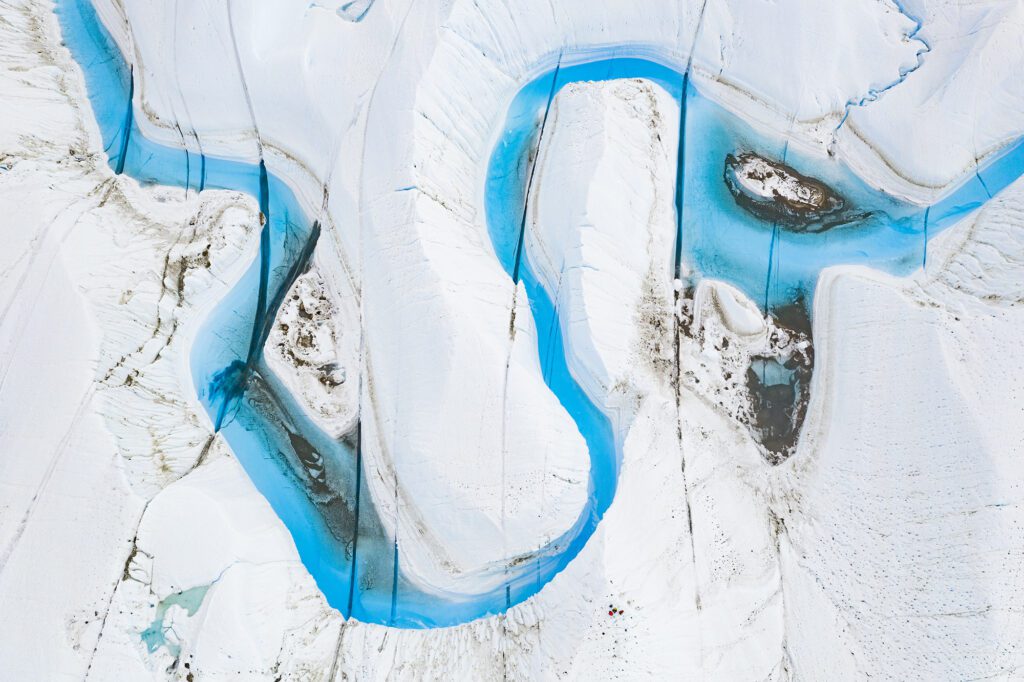
EJ: The precarious future of Antarctica prompted you to prioritize sustainability as a company. You’ve been carbon neutral from the start—what’s the latest sustainable innovation at White Desert that you’re most excited about?
RW: As you mention, we were the first Antarctic operator to offset all carbon emissions across our entire supply chain. This policy has been in place since 2007 using accredited reforestation projects in the Amazon and Indonesia as well as wind farms in Asia. White Desert is one of the first UK organizations operating in Antarctica seeking to achieve science-based targets which are in line with the Paris Agreement, Glasgow, and the UK Net Zero by 2050 goal. We also continually seek to make environmental improvements in our operations using the best available technology.
We share our aircraft with both scientists and visitors, assisting in delivering researchers to their bases more efficiently, reducing environmental impact. We are also the first Antarctic operator to make use of sustainable aviation fuel (SAF) and aim to use this across our entire air and land fleet in the next 3–5 years. We are also encouraging others to follow our lead in this area.

EJ: What do you hope guests will come away with after traveling with White Desert that they’ll carry into their future travels?
RW: We very much follow the same philosophy as David Attenborough, who says until people visit a place, they won’t understand the landscape or know how to care about it and preserve it. By transporting change-makers to the continent, we are creating a network of Antarctic ambassadors who will share and understand the importance of conserving Antarctica for future generations. The conversations we have with guests educates them on the global issue of climate change, and visiting the continent is an opportunity to understand how the effects of climate change begin with our behaviour at home, not in Antarctica.

Travel to Antarctica with Extraordinary Journeys
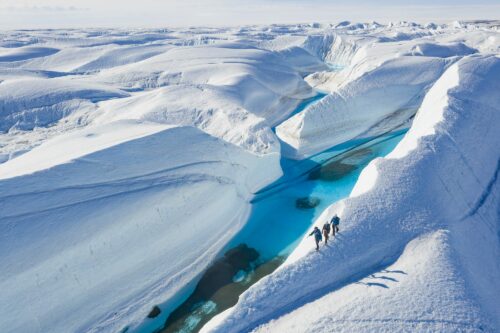
- Itinerary
Robb Report Exclusive: Ultimate Water & Ice
Exclusive Adventure from Cape Town to Antarctica
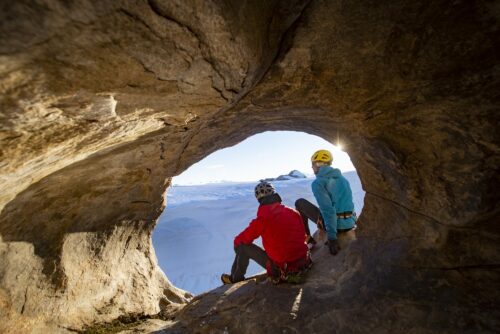
- Itinerary
The Explorer’s Academy – Active Adventures in the White Desert
Experience the majesty of Antartica’s white desert on this six-day polar adventure alongside…
Plan your Trip
Ready to start planning your own incredible adventure? We make the process stress-free and enjoyable.

